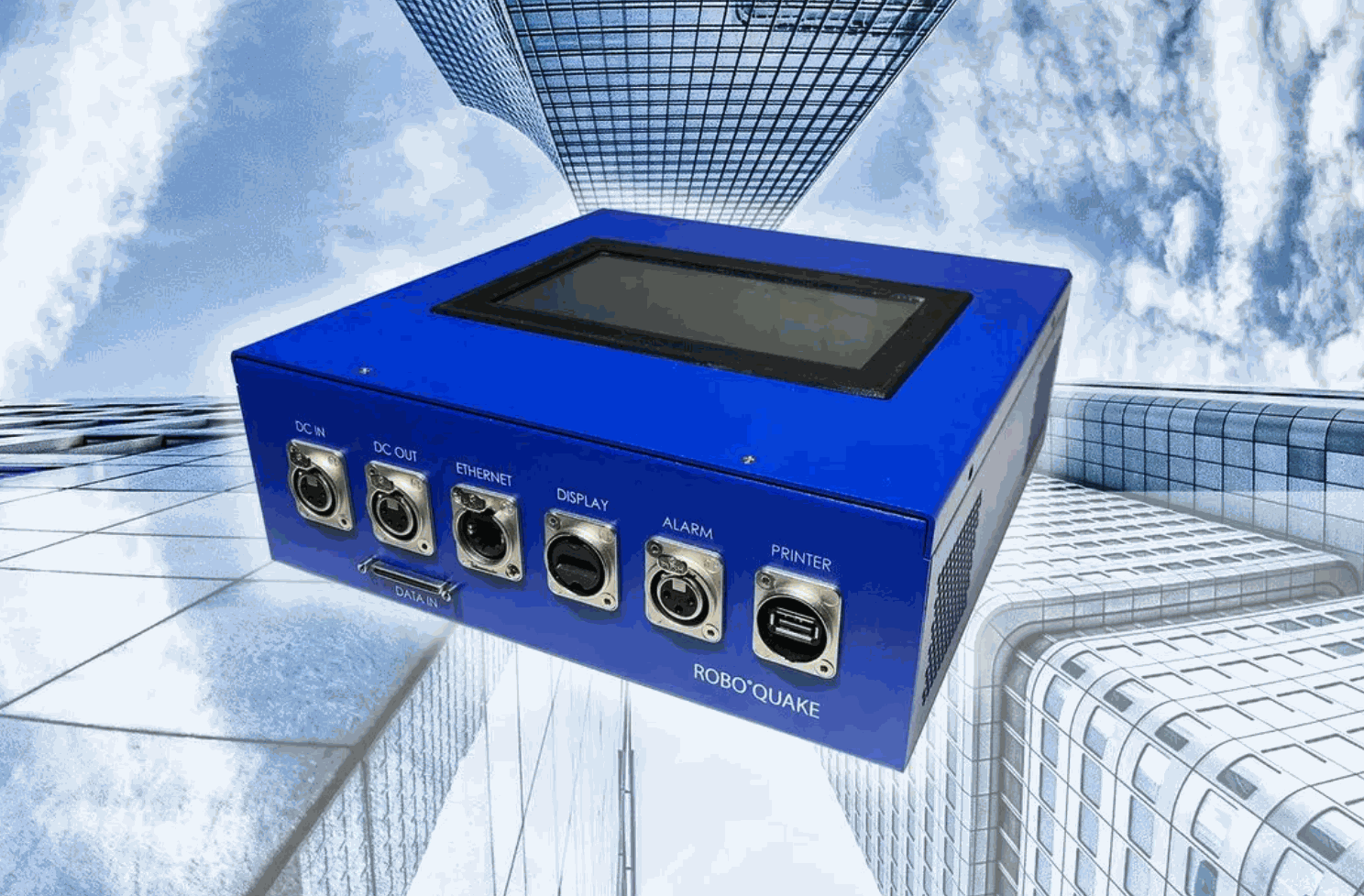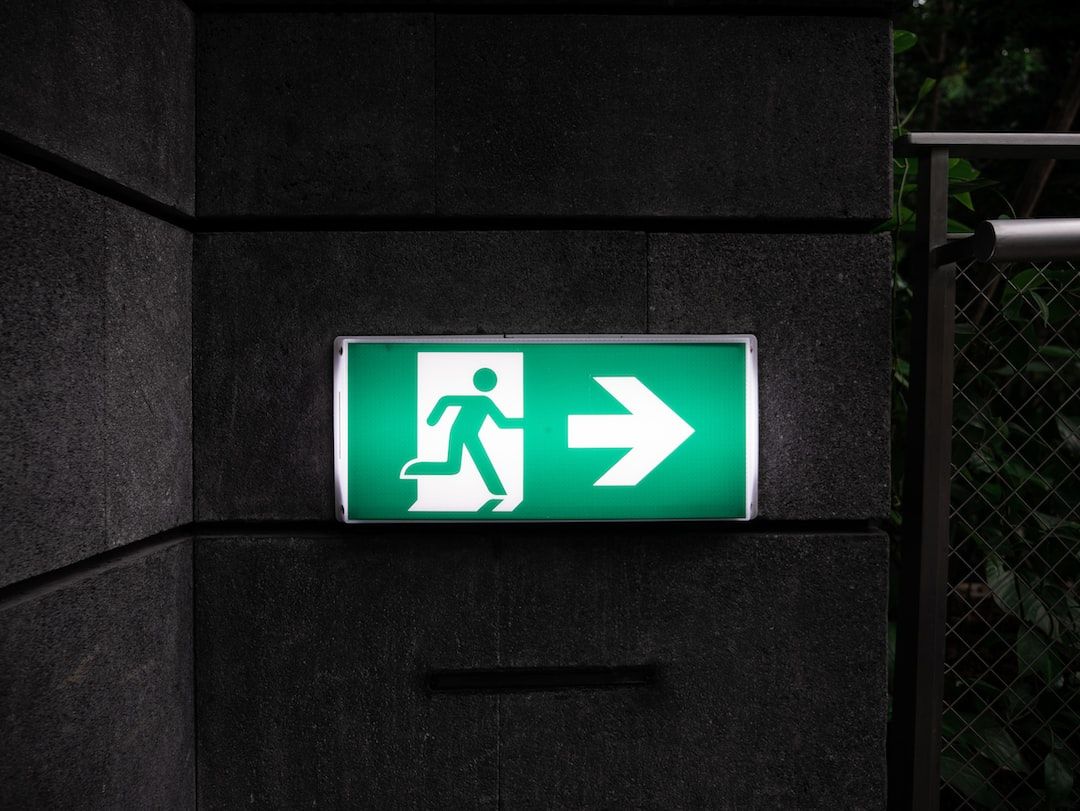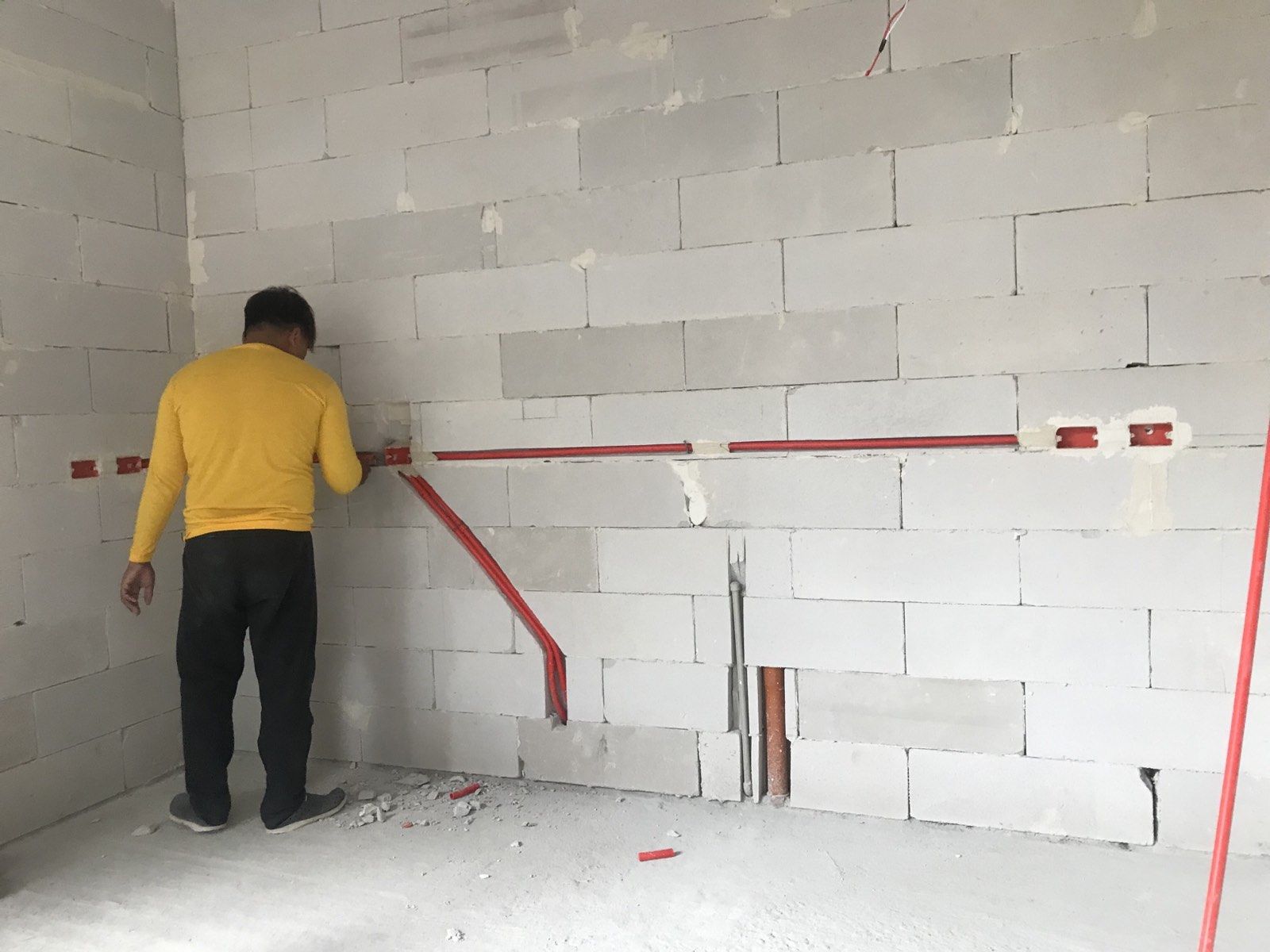Construction Tips for 2024: Preparing for Earthquakes and Building Smart
Innovative Techniques and Smart Materials
Introduction
As we step into 2024, the construction landscape continues to evolve, incorporating new technologies and methods to ensure safety and efficiency. One critical aspect that remains a top priority is earthquake preparedness. In this blog, we'll explore some essential construction tips for 2024, focusing on earthquake resilience and smart building practices.
Understanding Seismic Activity in 2024
The first step in preparing for earthquakes is understanding the seismic risks in your area. With advancements in technology, seismic activity predictions have become more accurate. Utilize online resources and consult with local geological experts to assess the earthquake potential in your region.
Incorporating Flexible Design
Flexible design plays a pivotal role in earthquake-resistant structures. Embrace designs that allow buildings to sway and absorb seismic energy, reducing the risk of collapse. Techniques like base isolation and flexible building materials have proven effective in enhancing building resilience.
Emphasizing Strong Foundations
The foundation is the bedrock of any earthquake-resistant structure. Invest in deep foundations and use reinforced concrete to ensure stability. Technologies like helical piles and ground anchoring systems can offer additional support in seismic zones.

Advanced Monitoring Systems
In 2024, the use of smart sensors and IoT in construction is not just a trend but a necessity. These systems provide real-time data on building integrity, allowing for timely maintenance and upgrades. Consider installing seismic sensors and structural health monitoring systems for proactive safety management.

Sensor by Mageba
Regular Safety Drills and Education
Educate occupants about earthquake safety protocols. Conduct regular drills and provide resources on emergency preparedness. Awareness and preparedness are key to minimizing risks during an actual event.

Retrofitting Older Structures
Older buildings may not meet the current seismic standards. Assess such structures and undertake necessary retrofitting using modern techniques like steel bracing, shear walls, and flexible diaphragms.
Sustainable and Resilient Materials
In 2024, the focus on sustainability in construction is more pronounced than ever. Utilize materials that are not only environmentally friendly but also add to the building's resilience. Recycled steel, engineered wood, and natural fiber composites are some options to consider.

The Role of AAC Blocks
Towards the end of our list, it's worth mentioning Autoclaved Aerated Concrete (AAC) blocks. These lightweight blocks offer excellent insulation, fire resistance, and energy efficiency. Importantly, AAC blocks have good earthquake resilience due to their light weight and structural integrity. While not a one-size-fits-all solution, AAC blocks can be a valuable addition to your construction materials, especially in earthquake-prone areas.
Conclusion
Building for earthquake resilience in 2024 requires a combination of advanced technology, smart design, and the right materials. By embracing these tips, constructors and homeowners alike can prepare for seismic events more effectively. While considering all these aspects, AAC blocks emerge as a noteworthy option for their unique properties and contribution to building safety and efficiency.
Get a quote today!
Build stronger and smarter with Blocktec AAC.